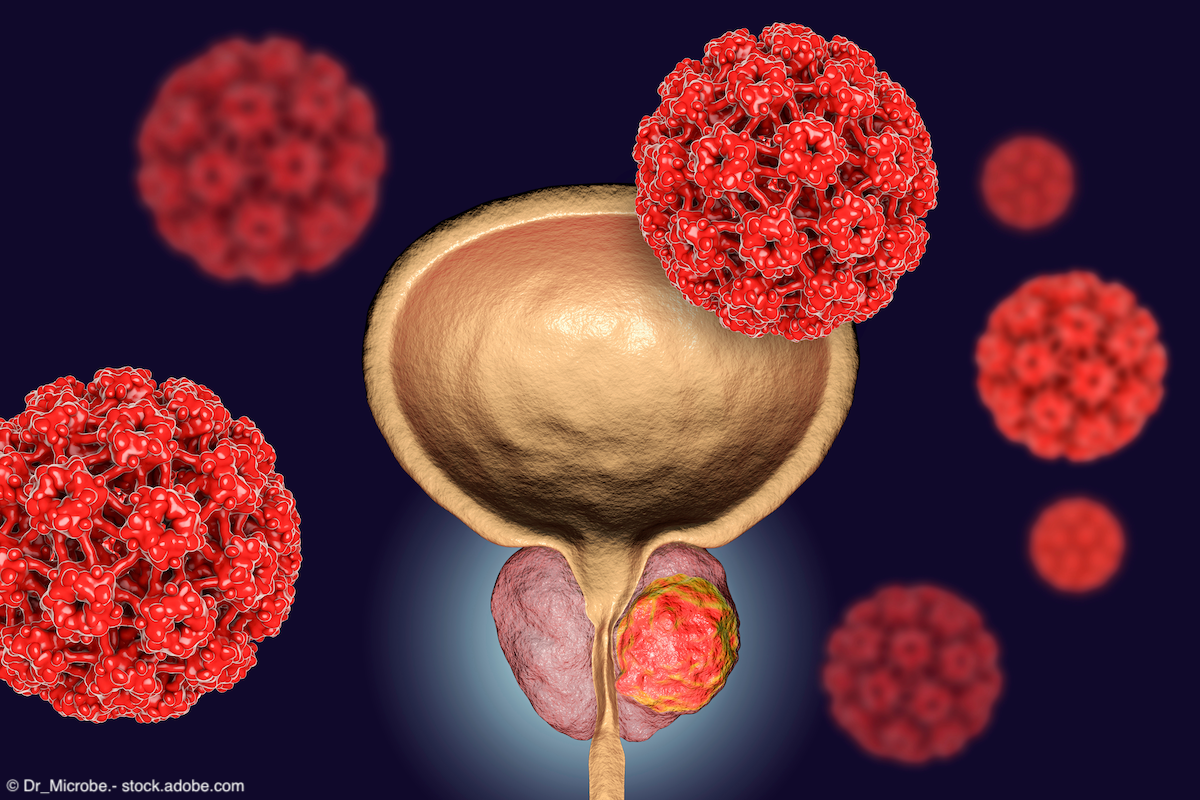Article
Long-term exposure to nitrate in drinking water may lead to higher risk for prostate cancer
Author(s):
"Our hope is that this study, and others, will encourage a review of the levels of nitrate that are allowed in water, in order to ensure that there is no risk to human health,” said Carolina Donat-Vargas, PhD, MPH.
Participants who had the highest intake of waterborne nitrate were 1.6 times more likely to develop low- to medium- grade prostate cancer compared with those in the lowest exposure category.

Long-term exposure to nitrate in drinking water was found to be associated with a higher risk for prostate cancer, particularly for aggressive tumors, according to recent findings presented in Environmental Health Perspectives.1
The study, conducted by the Barcelona Institute for Global Health, found that the association was highest among those in the youngest category analyzed and those with a diet of low intakes of fiber, fruit and vegetables, and vitamin C.
The retrospective study looked at 697 hospital-based incident prostate cancer cases between 2008 and 2013. Among the 697 cases, 590 had low- to medium-grade tumors, 97 had aggressive tumors, and 10 did not have information available. For the control arm, 927 population-based cases were recruited in Spain. Participants ranged from ages 20 to 85 years.
The investigators found that participants who had the highest intake of waterborne nitrate, defined as 14 mg per day on average, were 1.6 times more likely to develop low- to medium- grade prostate cancer compared with those in the lowest exposure category, defined as 6 mg per day on average. The group with higher intake of waterborne nitrate was also 3 times more likely to develop aggressive prostate cancer than those with lower intakes. The overall odds ratio (OR) of prostate cancer increased by 22% for every 5 mg per day increase in waterborne ingested nitrate.
“It has been suggested that aggressive prostate cancers, which are associated with a worse prognosis, have different underlying etiological causes than slow-growing tumors with an indolent course, and our findings confirm this possibility. The risks associated with waterborne nitrate ingestion are already observed in people who consume water with nitrate levels below the maximum level allowed by European directives, which is 50 mg of nitrate per liter of water,” said Carolina Donat-Vargas, PhD, MPH, ISGlobal researcher and lead author of the study, in a news release on the findings.2
The investigators also analyzed whether other factors—such as age, dietary fiber intake, fruit and vegetable intake, and Vitamin C intake—had an impact on the association. The association between prostate cancer and waterborne nitrate consumption was more strongly observed in the youngest category compared with the oldest. In regard to dietary habits, the association was also stronger for those with low intakes of fruits and vegetables and vitamin C compared with those with higher intakes. Similarly, the association was stronger for those with low intakes of fiber, with the OR of prostate cancer in patients with the lowest average intake of fiber (≤11 grams per day) being 2.34, compared with those with the highest average intake (>11 grams per day), which had an OR of 0.95.
The authors emphasized that this study only provides the first set of evidence for the association between waterborne nitrate exposure and prostate cancer and that further research is needed to confirm the link.
“Being exposed to nitrates through drinking water does not mean that you are going to develop prostate cancer. Our hope is that this study, and others, will encourage a review of the levels of nitrate that are allowed in water, in order to ensure that there is no risk to human health,” said Donat-Vargas in the news release.
References
1. Donat-Vargas C, Kogevinas M, Castaño-Vintals G, et al. Long-term exposure to nitrate and trihalomethanes in drinking water and prostate cancer: A multi-case control study in Spain (MCC-Spain). Environ Health Perspect. Published online March 8, 2023. Accessed March 9, 2023. doi:10.1289/EHP11391
2. Long-term exposure to nitrate in drinking water may be a risk factor for prostate cancer. News release. Barcelona Institute for Global Health, ISGlobal. March 8, 2023. Accessed March 9, 2023. https://www.newswise.com/articles/long-term-exposure-to-nitrate-in-drinking-water-may-be-a-risk-factor-for-prostate-cancer?sc=mwhr&xy=10016681
Newsletter
Stay current with the latest urology news and practice-changing insights — sign up now for the essential updates every urologist needs.

















